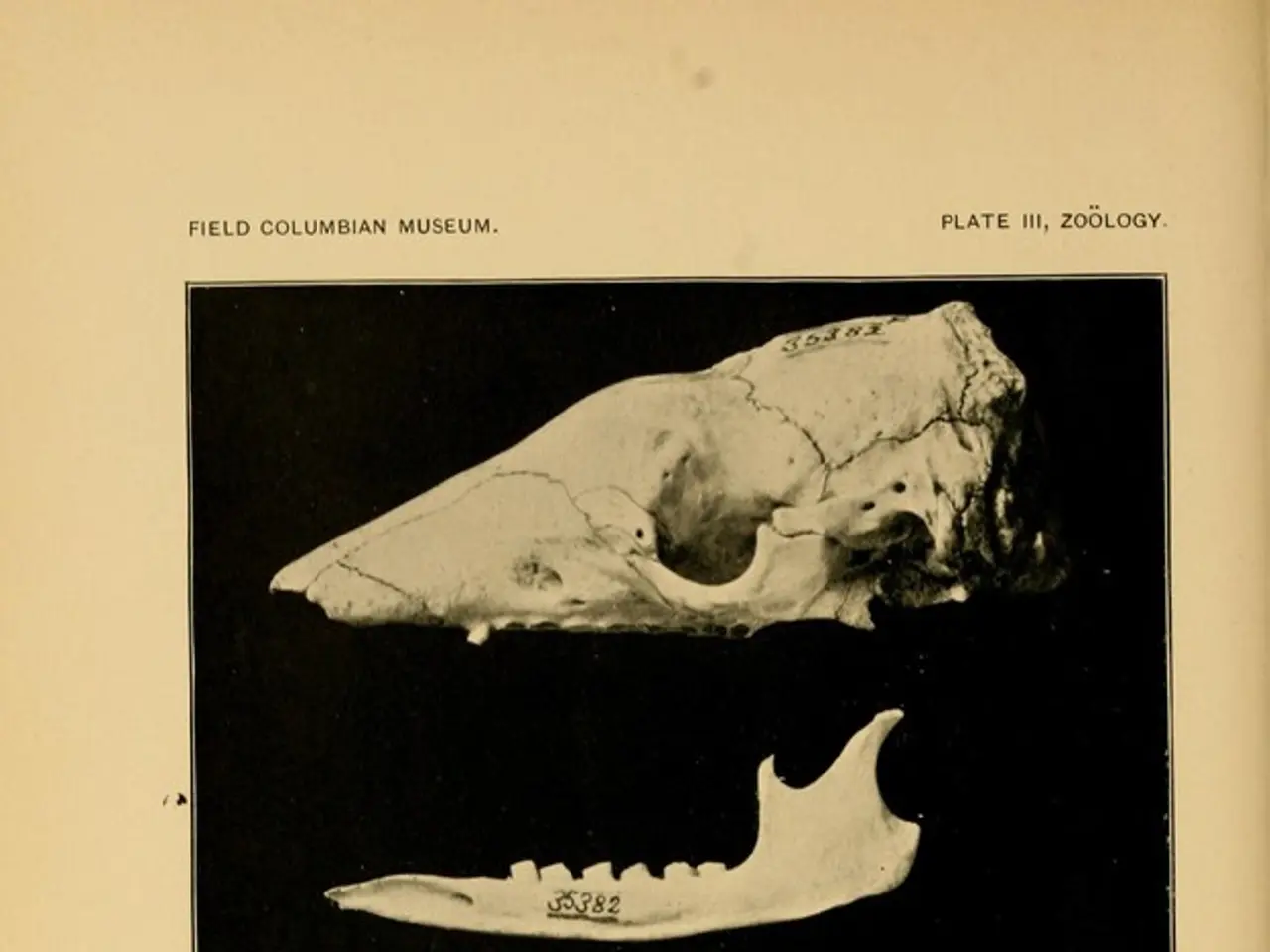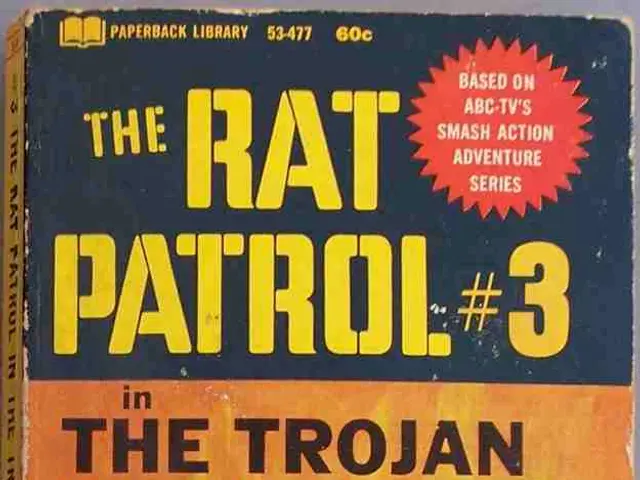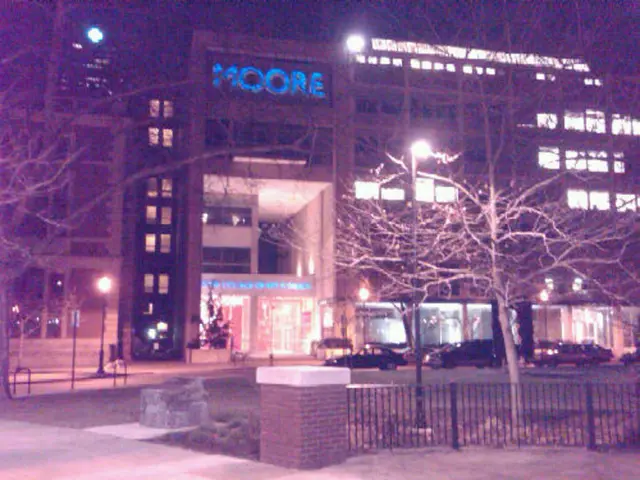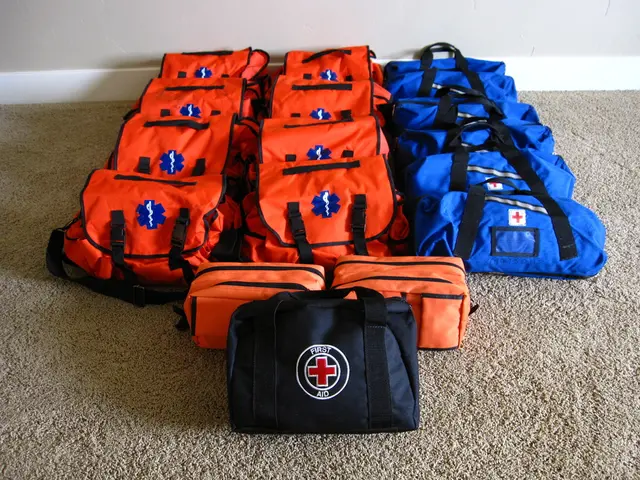"Exploring 5 Natural Remedies for Osteochondritis Dissecans"
Osteochondritis dissecans (OCD) is a condition that primarily affects children and adolescents, but it can also occur in adults. This joint disorder, which most often affects the knee, occurs when a small piece of bone does not receive enough blood and begins to separate from its surroundings [1].
For adults dealing with OCD, treatment options may differ from those for children. Common non-surgical treatments for OCD in adults focus on reducing joint stress, promoting natural healing, and managing pain. These include:
- Activity Modification: Reducing or avoiding high-impact and weight-bearing activities to limit stress on the affected joint.
- Immobilization: Using casts, braces, or splints (such as specialized OCD knee braces) to stabilize the joint and offload pressure from the lesion, which supports healing and prevents further damage.
- Physical Therapy: Targeted exercises to improve joint function without exacerbating symptoms. A physical therapist can help determine safe and beneficial exercises for OCD treatment.
- Medications: Oral nonsteroidal anti-inflammatory drugs (NSAIDs) to reduce pain and inflammation; supplements like glucosamine and chondroitin sulfate may be recommended to support joint health.
- Injections: Corticosteroid injections to reduce inflammation; hyaluronic acid injections to lubricate the joint; platelet-rich plasma (PRP) therapy and stem cell therapy may be offered to promote tissue healing.
- Supportive Devices: Knee braces designed to stabilize the joint and assist during rehabilitation.
Manual therapy can help restore motion, strength, and functionality to the joint for those with difficulty treating certain areas with exercise. Specific exercises and stretches may help restore function to the joint, strengthen muscles, and improve range of motion.
However, in many cases of adult OCD, surgical treatment is necessary [2]. Surgery for OCD can involve replacing the damaged area with a bone graft, drilling into the area to create new pathways for blood vessels, or securing the lesion in place with screws or pins.
It is crucial for anyone experiencing symptoms of OCD to consult a doctor before attempting any treatment. The condition may worsen without proper treatment, and self-treatment could lead to further damage [3]. In many cases, nonsurgical options may be combined with surgery to help relieve symptoms and promote healing.
[1] Kocher MS, Bergfeld LS, Friedman WA, et al. Osteochondritis dissecans of the knee. In: Green DP, ed. Campbell's Operative Orthopaedics. 13th ed. Philadelphia, PA: Elsevier; 2019:1795-1804. [2] Katz JN, Mankin HJ. Osteochondritis dissecans of the knee. In: Stanitski JM, ed. The Knee. 4th ed. Philadelphia, PA: Elsevier; 2017:1453-1462. [3] Tohya Y, Fujii Y, Ochi M, et al. Osteochondritis dissecans of the knee: nonoperative management. J Orthop Sci. 2019;24(6):761-767.








